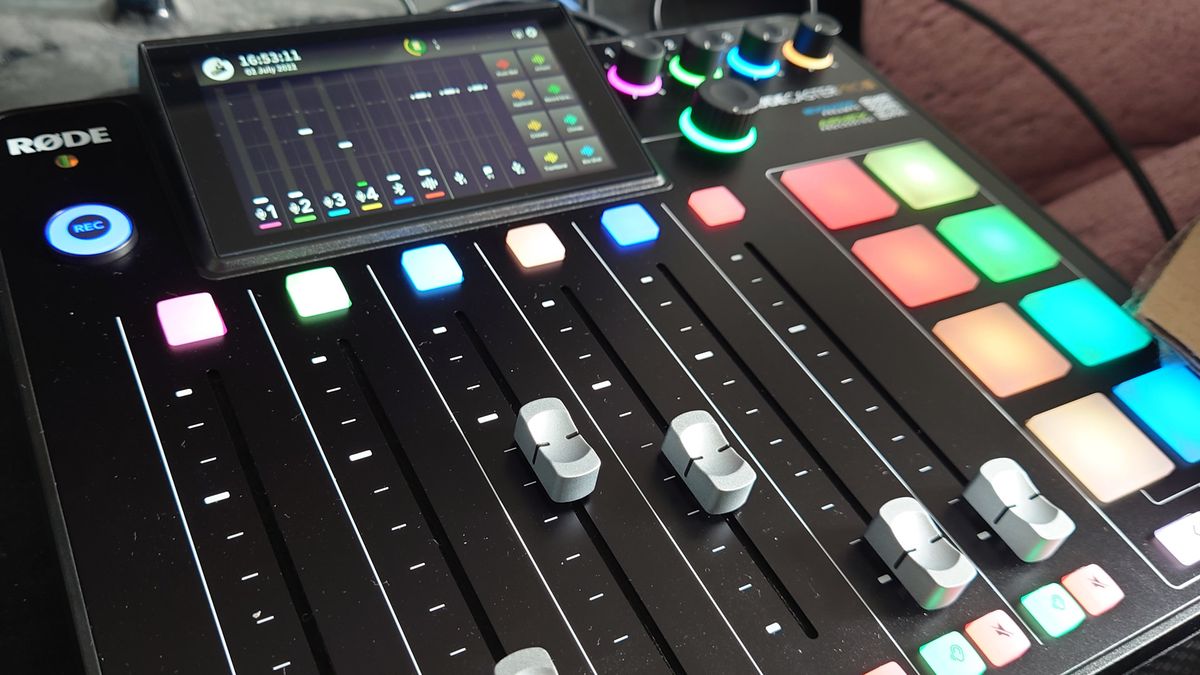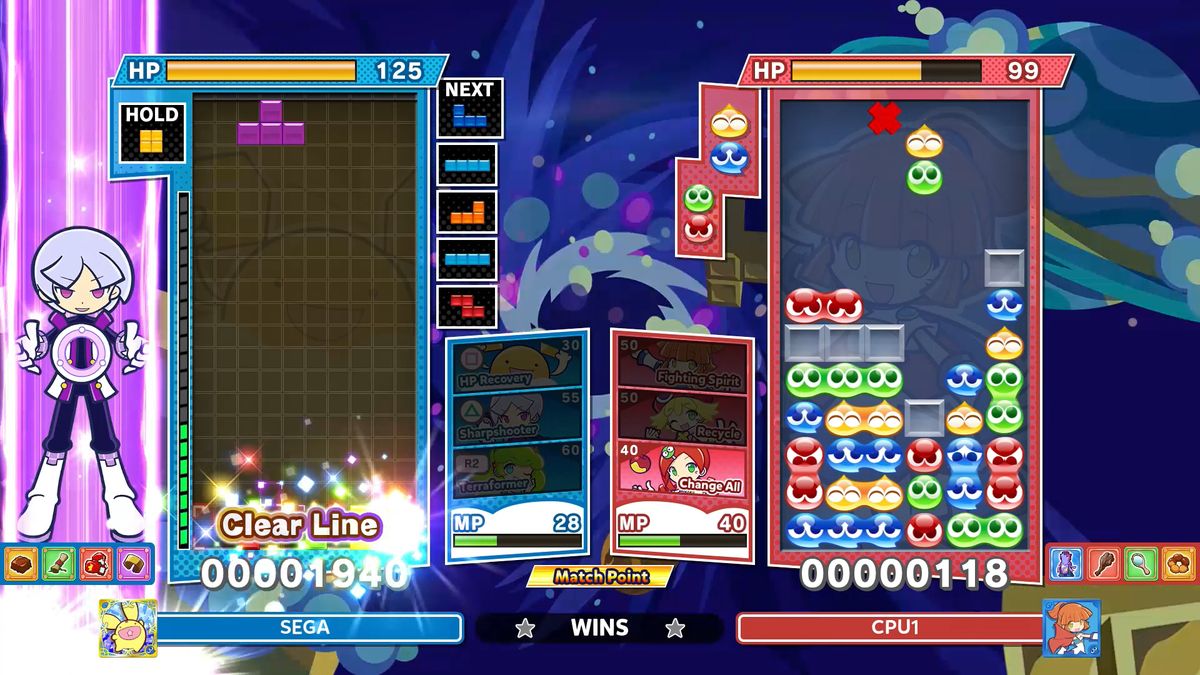There are moments when Madden NFL 25 is awesome. Thanks to long-needed improvements in key areas, every type of football philosophy can be successful this season. Want to pound the ball up the middle? No problem. Feel like being a mad bomber? Fire away. By taking the time to learn Madden’s intricacies, you can run like Lombardi or throw like Coryell all the way to the Super Bowl. There are also moments, unfortunately, when Madden is incredibly aggravating. Occasional technical glitches, quirky AI, and bizarre physics behavior give players a sense that it’s close to coming apart at the seams. Madden NFL 25 is the best effort yet this console generation, though no sports franchise feels as desperate for the promise of the next one.
The best, and most-needed, improvement this year is the interior running attack. Run blocking has been upgraded to allow backs to better see developing holes and exploiting them without as much potential of getting twisted around their own teammates. Because you can consistently generate positive yardage pounding the ball inside, the entire game management process is now more realistic; by forcing the defense to key on interior running, more options become available down the field. Basic Football 101 has finally come to Madden.

“Madden NFL 25 is the best effort yet this console generation…”
Longtime players will have a lot to learn and plenty of habits to break. New running controls executed with the left trigger allow for powerful trucks and jukes that, when timed properly, can be devastatingly effective. The whole notion of “hit turbo as soon as you get the ball” has been turned on its ear with the new controls, as they actually serve to slow the runner down as to prepare for the precision action. They are disconcerting at first but, with some practice, lead to some really fun destruction of hapless defenders.
The modified truck moves stand out in particular, not just because they lead to valuable yardage but also because of their sheer violence. In slow motion, you see just how viciously a running back cracks the helmets of would-be tacklers. On the other hand, the modified jukes can make your runner sometimes pinball crazily in an unworldly way. Spin moves also remain clumsy in many situations; the animation times are very long, and more often than not the runner winds up in a worse position at the end of a spin than at the start.

“…though no sports franchise feels as desperate for the promise of the next one.”
While running can be dramatically different this season should you choose to engage the new controls, the rest of the on-field action feels comfortably familiar. There are some important modifications to the passing game, such as position-specific hot routes, but you can still exploit curls against backed-off corners and drags against the press. Interception rates are still high, too; you will pay dearly for poor decisions. On defense, the best philosophy is still choosing man coverage over rather ineffective zones, although both can be successful in the right circumstance. Even though it can feel like playing defense is simply “pressing a button and hoping for the best,” there will be moments when a correctly called tactic–such as guessing the right play type and direction on a key goal-line possession–reminds you that being smart and taking calculated risks is still vitally important.
Madden’s presentation is also hit and miss. The updated Infinity Engine allows for some superb tackles and interaction between players in motion but unfortunately there are plenty of “uncanny valley” moments too. Awkward body movements and strange behaviors will have you doing double takes. Conversely, the wear and tear that helmets, uniforms, and grass fields take over the course of a game is excellent, as you can really tell who’s been sacrificing their body versus who’s been left mostly on the sidelines. The second year of Phil Simms and Jim Nantz doing commentary is fairly bland, and while the pair is infinitely better than the abomination of two seasons ago, you’ll start to hear repeats and exaggerations almost immediately. Sorry, Jim, but a preseason tilt is not a game “you’ll remember forever.”
The newly renamed Connected Franchise mode is really three game variations in one, allowing you to experience the NFL as a player, coach, or–new to this season–an owner. As the owner, you not only control rosters, games, and the entire coaching staff, but you get to micro-manage everything about the stadium’s infrastructure (parking, seats, bathrooms, concessions, etc.), the team’s marketing plans, and other necessities of the business. You can also move the club entirely, which is devilishly fun. While managing the price of hoagies and jerseys will not appeal to everyone, successful navigation of your finances will put you in position to get improved coaches and training staff, directly translating into better chances to win.

“When compared to releases from two and three years ago is light years ahead in terms of on-field quality and off-field activities.”
One of the niftiest aspects of Connected Franchise is player progression. Gaining experience points (XP) as you play practices and games, then allocating those points to the attributes of each player, is addictive. Perhaps the most underappreciated feature in Connected Franchise is re-living the career of a historic player (and there is a healthy selection of them to choose from). Dropping Randall Cunningham into the modern-day Cleveland Browns as a rookie, for example, then using XP to increase his abilities as a season progresses is one of the hidden gems of Madden NFL 25.
Madden’s detractors often, and incorrectly, refer to its annual release as a “roster update.” Madden NFL 25 is anything but; it’s better than last season’s solid effort, and when compared to releases from two and three years ago is light years ahead in terms of on-field quality and off-field activities. While Madden may be burdened by relying on a core engine that is creaking under the weight of everything the development team is putting on top of it–and can’t quite seem to come up with a combination of gameplay and presentation smoothness that counterparts such as MLB: The Show or NBA 2K do–it scratches that football itch quite nicely this season.
This review was conducted using the Xbox 360 version of the game.
 Game News Video Games Reviews & News
Game News Video Games Reviews & News



